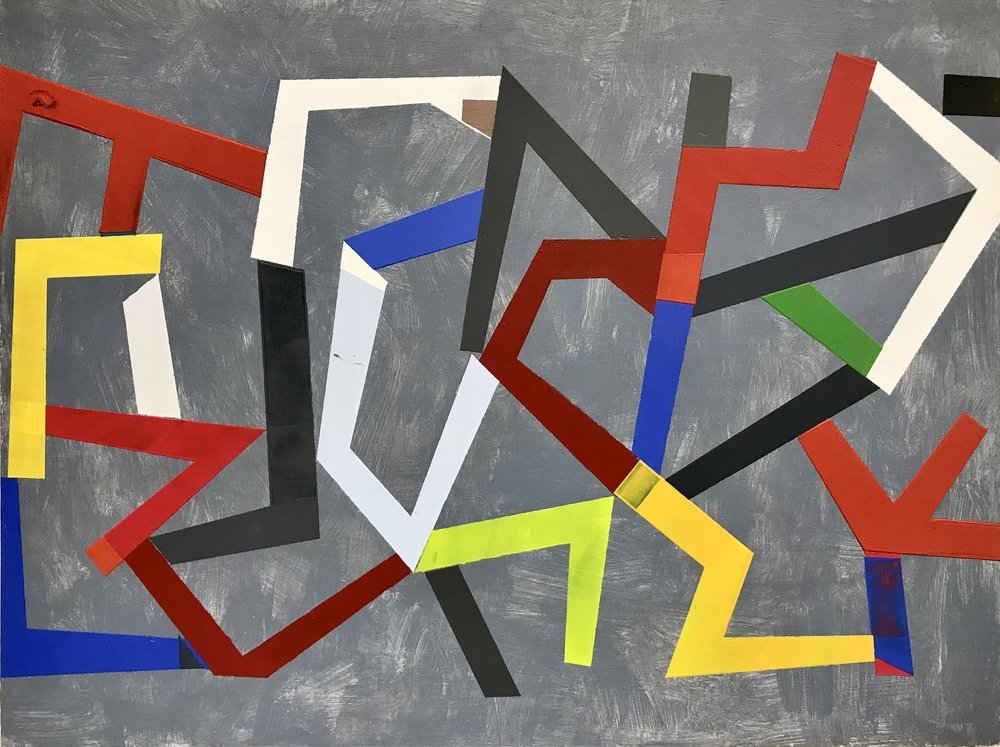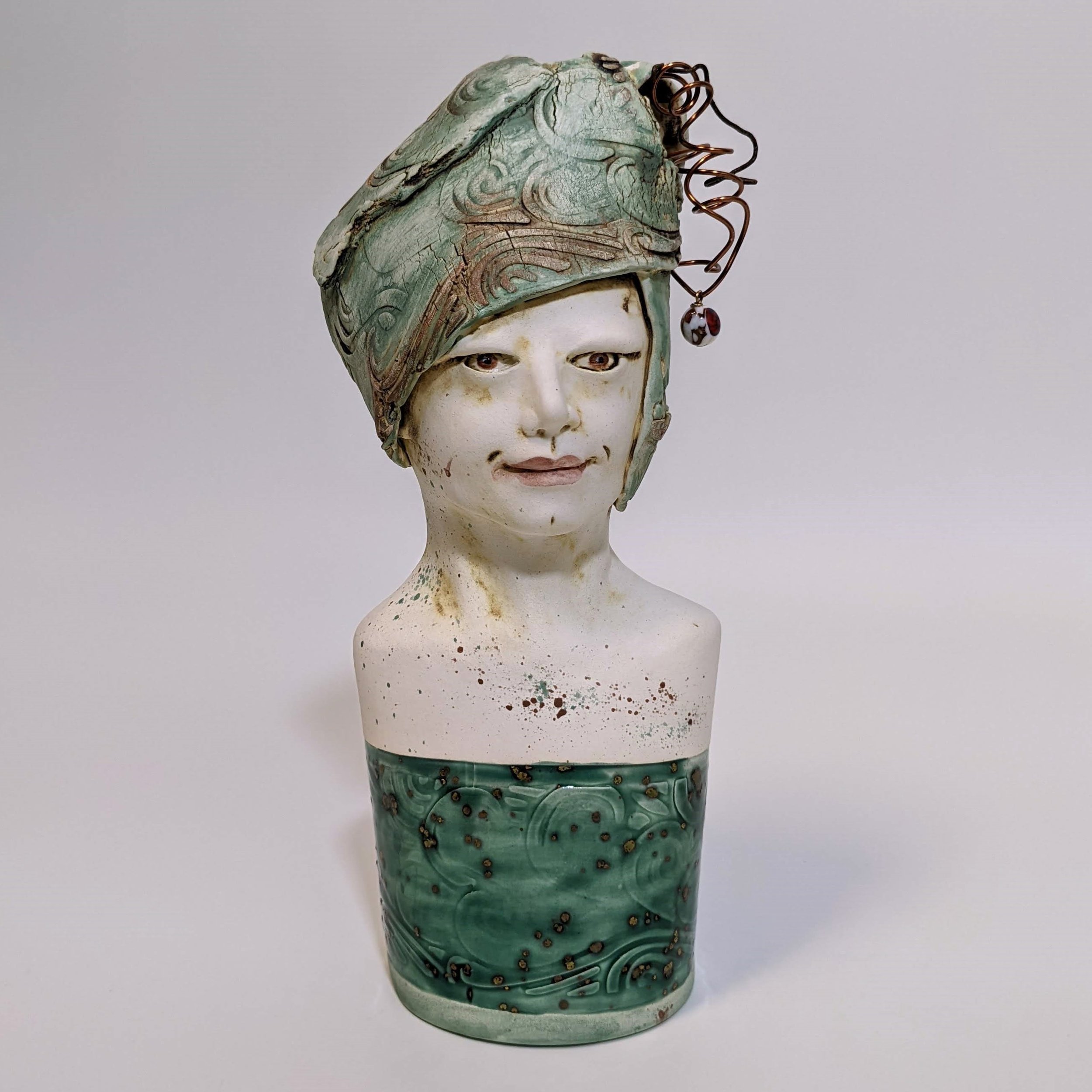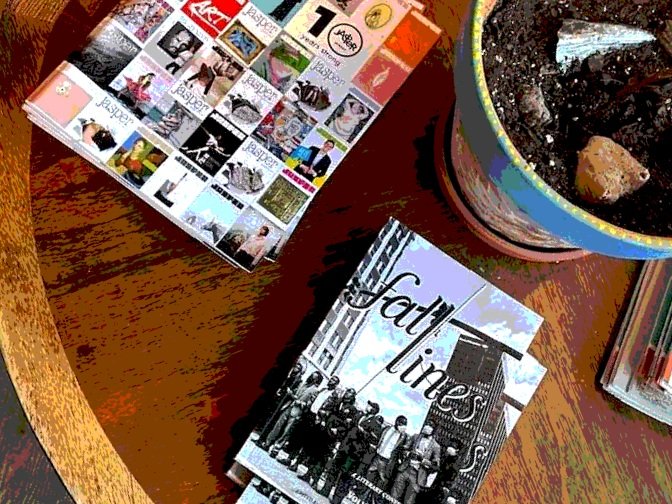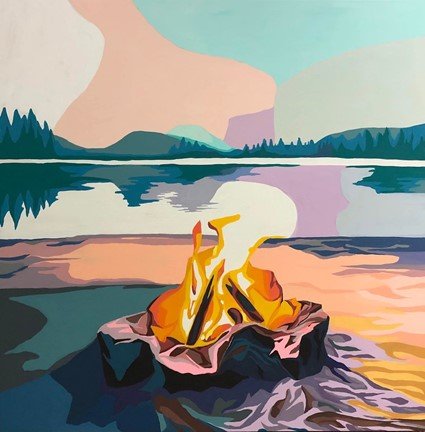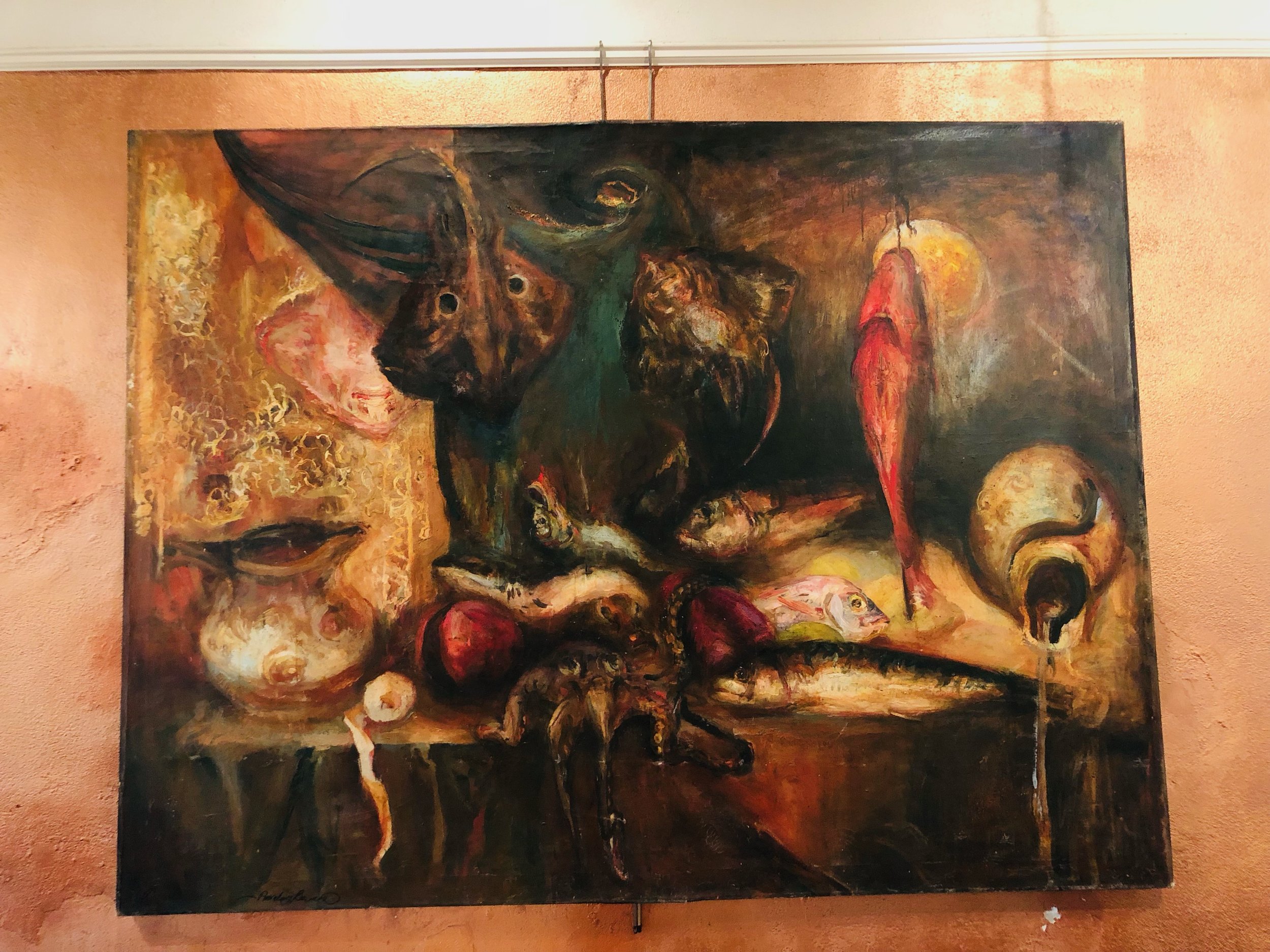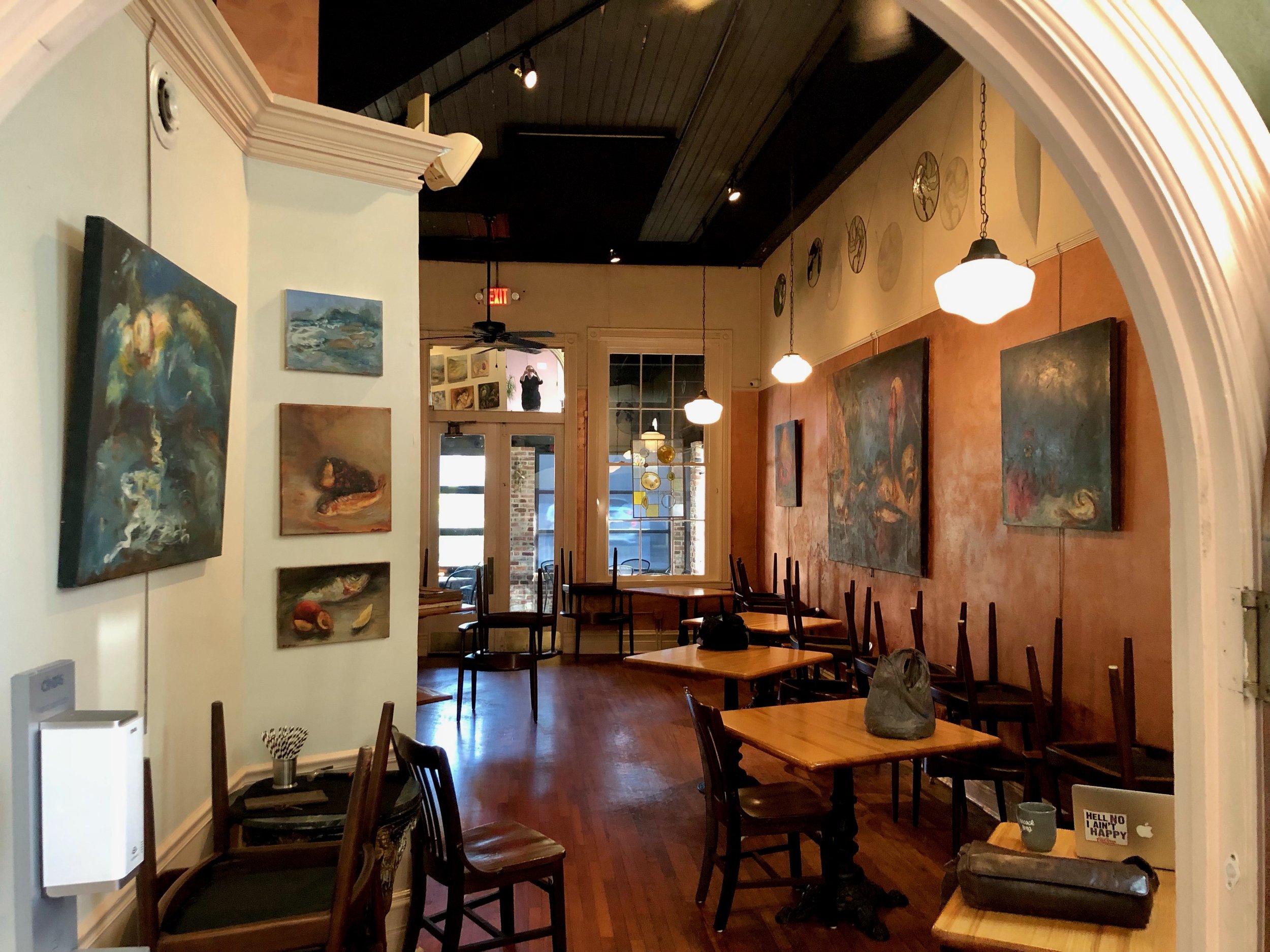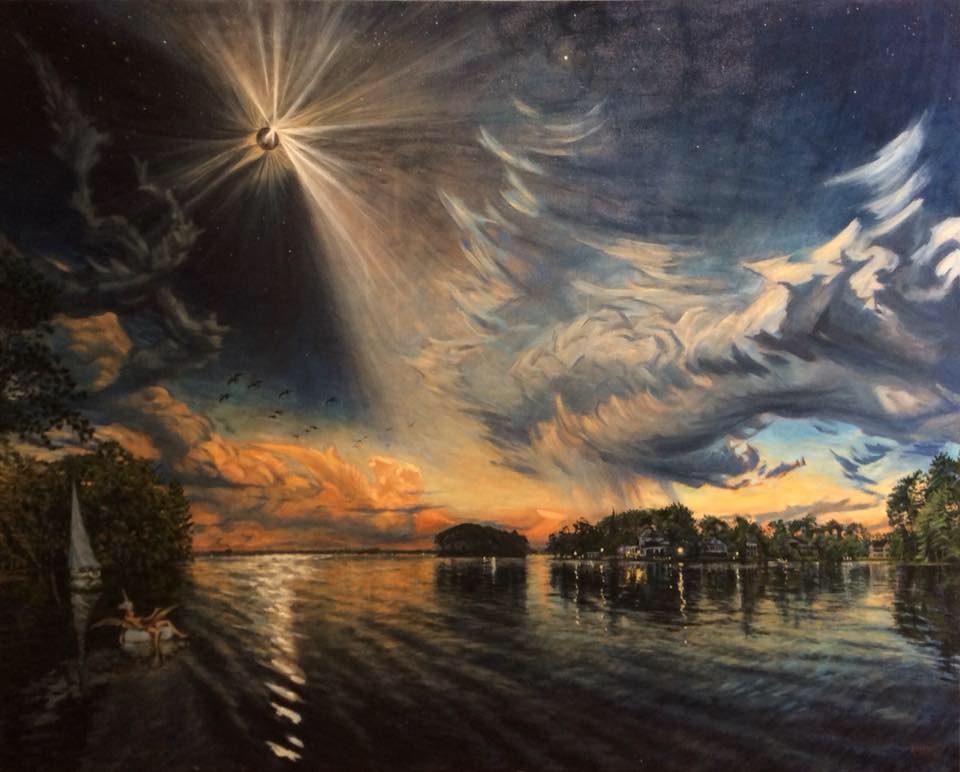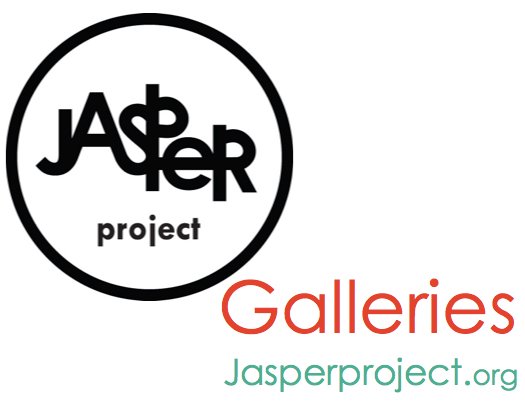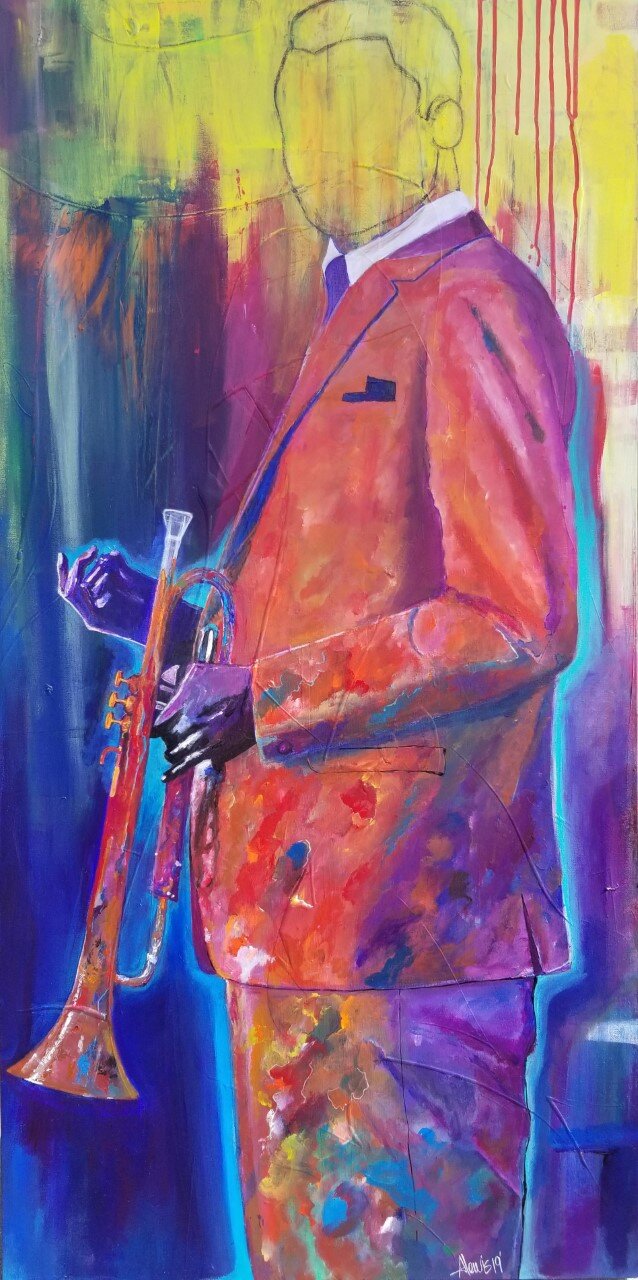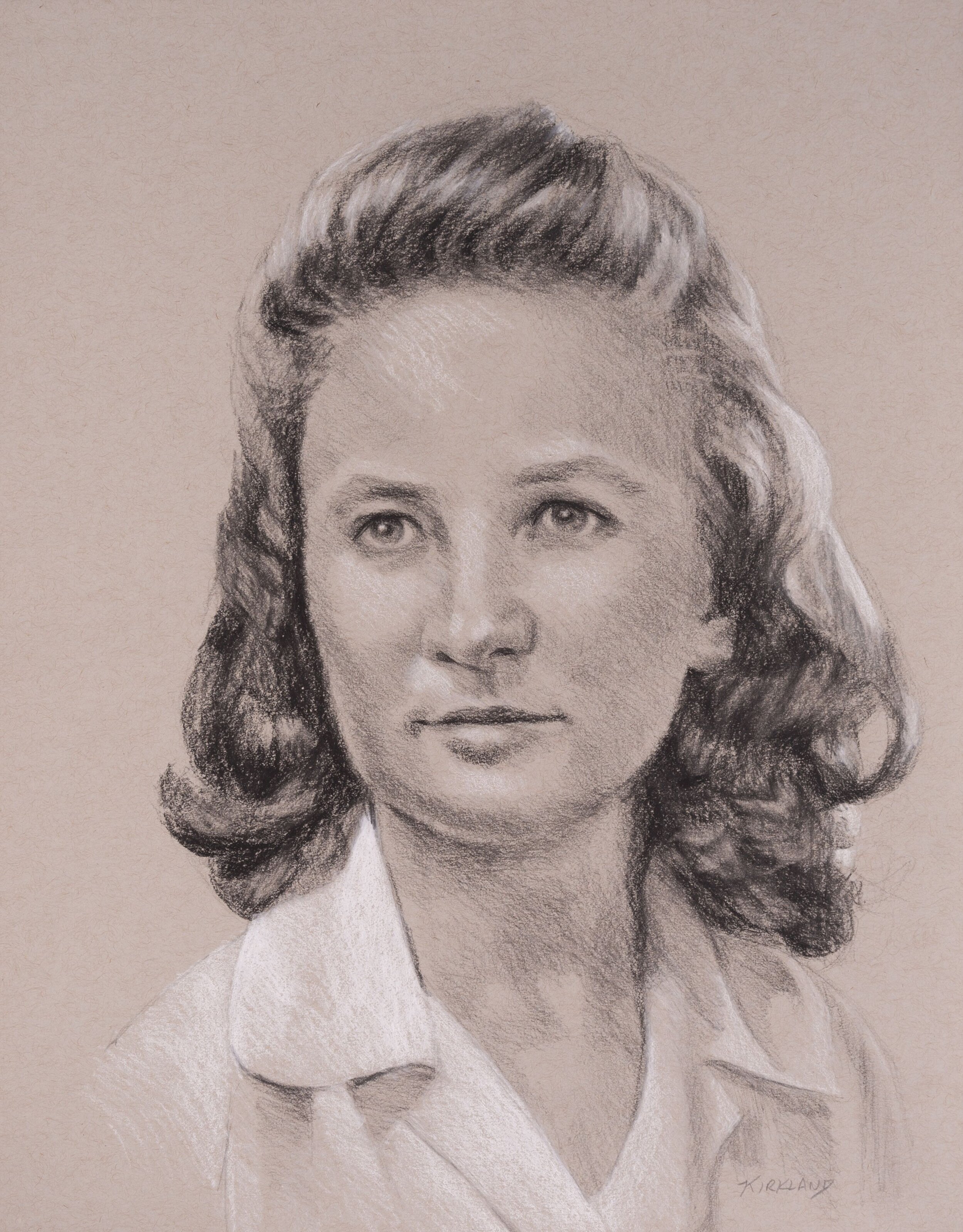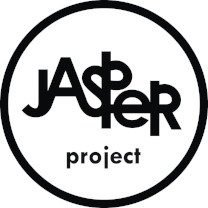Join Jasper and Michael Dwyer this evening in the bar at Motor Supply Co. Bistro to chat about and celebrate Dwyer’s new exhibit in the restaurant gallery. This is a casual affair with patrons gathering around the large communal table and at the bar, having dinner, drinks, and stimulating conversation with and about the work of one of Columbia’s most exciting contemporary artists.
Jasper and Dwyer will be arriving at 7.
To kick things off we present this lovely essay composed by a dear friend to Columbia, Catherine Walworth, Ph.D.
Painting is a visual language that speaks with its own rhythm, organizational syntax, and lyrical cadence. To look at Michael Dwyer’s paintings is to give yourself over to looking at colors and shapes and textures that exist playfully on the surface of a plane, yet in a seriously complicated way.
At first, one’s eye wants to track the upper layer of painted structures that bend and jerk like a conga line of conjoined dancers, and then you see how many layers and purposefully altered decisions went into the build-up of his paint below. Dwyer thinks of these strata as akin to the layering of instruments and the interweaving medley of sounds that happens over time in a piece of music.
Also like jazz, there is a tension between the sense of control and improvisation in Dwyer’s paintings. One can follow the jig across the painted surface, where bars of color bend and intersect, approach the limits of the painting’s edge only to stop short, or carry on into imagined elsewheres. Each bar is a different color, and in that bar are layers of past color choices, sometimes fighting to rise to the surface like a ghost, and other times anonymously adding layers of thickness to the final opaque color choice. This density and subtle quality of relief give the paintings an objectness, and asks the viewer to walk back and forth to take in little shadows, amplifying the sense of rhythm and movement.
Dwyer uses a palette knife to scrape and smooth paint, but also whatever is at hand. While he used to paint in a more organic, rounded, and gestural way with a brush, now he is a happy workman, troweling his bricks of color into built worlds. The paint layers in the background offer up clouds of color on which the hard-edged bars float in a colorful ether. As with Kazimir Malevich’s or Ellsworth Kelly’s geometric forms that hover on the painted surface, seeming to take a living breath, there is a sense of “being in the world” in Dwyer’s forms in space. They, too, feel as if they are hovering and jostling, announcing their impossible sentience.
Dwyer and I have at various times marveled over painting and how so many seemingly disparate parts could come together in a composition that teeters on the edge of falling apart during the making, only to have the artist stop when it seems inexplicably “right.” There is a resolution that cannot always be explained, particularly when there is no figurative subject matter to gauge, but the result is astounding, and each time the conditions of a painting’s “rightness” are excitingly different.
But then, Dwyer has been trained from childhood to recognize the fitness of compositions. His parents, both painters, raised him in a home in which modernism was the thing, and took him to museums as a natural practice. His paintings speak directly to so many of the artists’ styles that he has absorbed by faithful looking— Paul Klee, Brice Marden, Piet Mondrian, Elizabeth Murray, and Frank Stella, to name a few. Stuart Davis is close to home at this stage in Dwyer’s career. Like Davis who pronounced his direct connection with jazz, Dwyer comes back again and again to his love of music when describing his process, as well as his evangelical adherence to abstraction.

